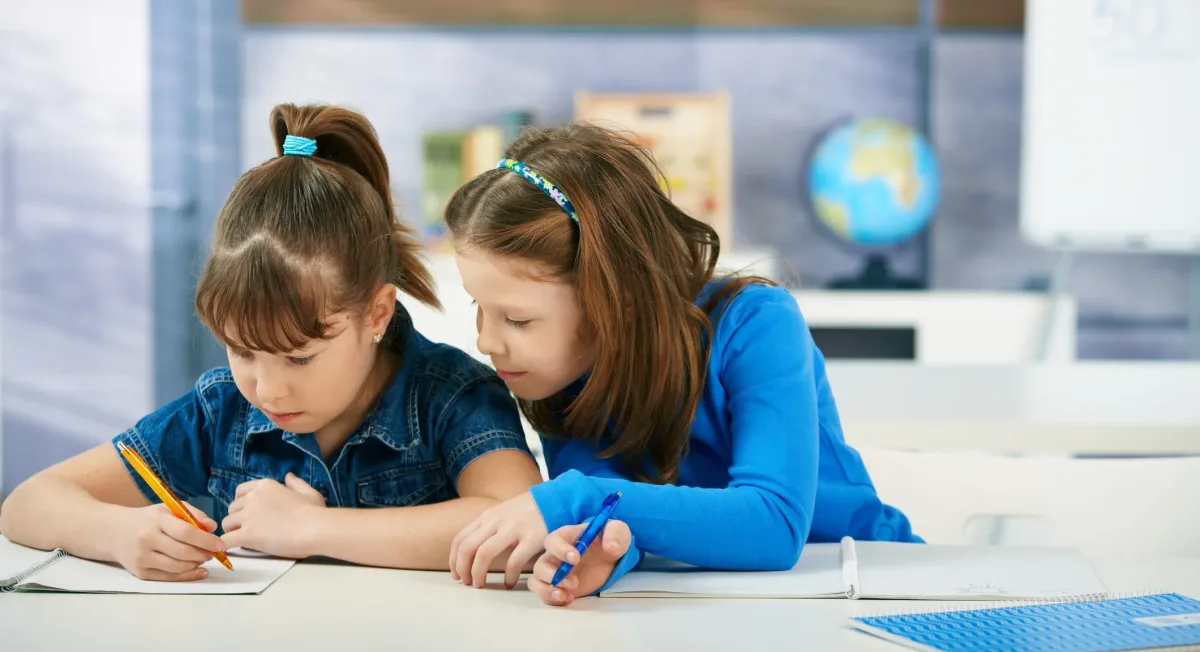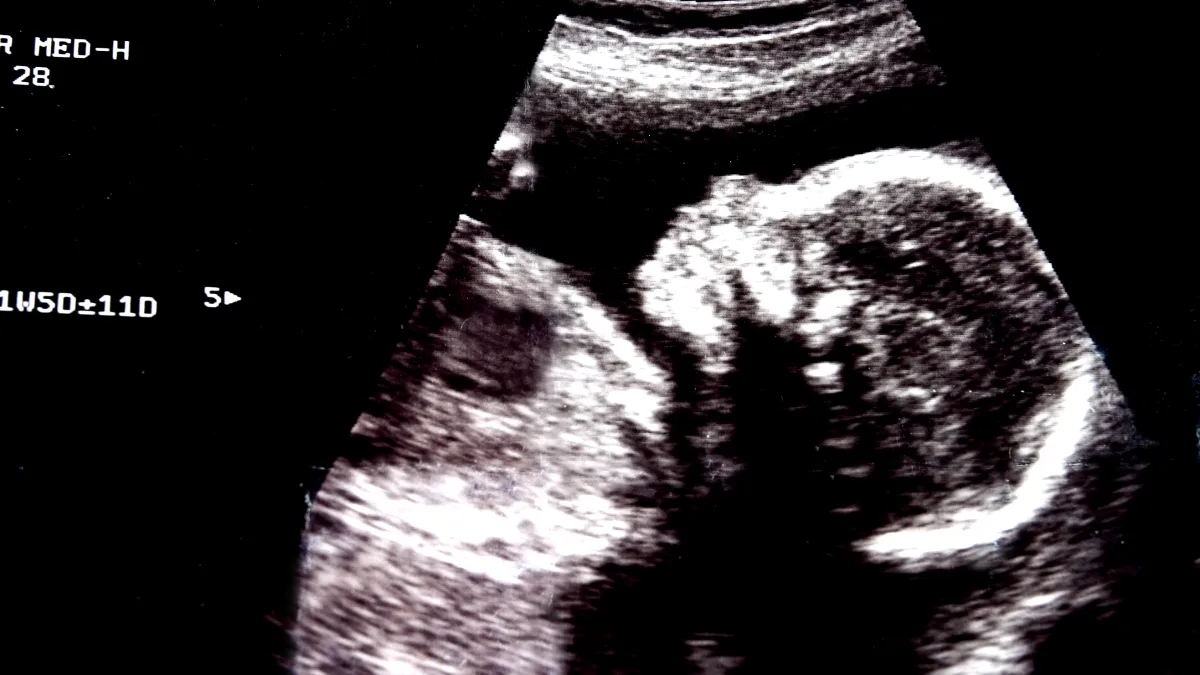Earlier this week I joined a masterclass delivered by a fellow reinvention practitioner, Sonia Di Maulo, looking at reinvention in business education. We’ll be continuing the discussion in a couple of weeks as we share our own experiences of teaching reinvention. Mine at the Business and Technology University in Georgia.
Now, one point Sonia made particularly resonated with me—that we’ve spent decades trying to engineer ambiguity out of education.
And it is so true. Every lesson plan is scripted, every exam answer neatly boxed, every pathway to the next stage mapped with the precision of a railway timetable. Predictability is now the system’s proudest achievement. But this tidiness hides a problem: life itself isn’t predictable, and when the world inevitably shifts, too many people feel lost.
Children are taught that there is one right answer and that their job is to find it quickly. The margins for curiosity, hesitation, or doubt have been trimmed away. Teachers are under pressure to deliver results, parents want reassurance their children will ‘keep up’, and policymakers crave measurable progress.
In the process, ambiguity—the messy business of not knowing, of holding competing ideas in your head, of wrestling with uncertainty—has been treated as an obstacle to be eliminated.
Dulling the muscle of adaptability
And yet ambiguity is what life specialises in. Jobs vanish, technologies reshape industries, borders shift, health falters, new opportunities appear out of nowhere. The people who thrive in those moments are rarely those with the neatest school transcripts. They are those who can sit with uncertainty long enough to explore it. They can navigate grey zones, improvise when the script runs out, and invent responses where none yet exist.
Removing ambiguity from education may have felt like kindness—offering children clarity, predictability, fairness. But it has also dulled the muscle of adaptability. We’ve raised generations trained to follow a fixed map, not to read the landscape. When the map no longer matches the territory, panic sets in.
What would it look like if schools re-embraced ambiguity? Not as chaos or lack of standards, but as deliberate practice. Imagine students given problems without a single right answer, asked to defend positions they don’t personally hold, encouraged to experiment without knowing the outcome. Ambiguity becomes not a threat but a training ground: a chance to test the unknown in a safe setting.
The texture of uncertainty
This isn’t about discarding structure. Children need structure. But they also need to feel the texture of uncertainty before it hits them in adulthood. They need to learn that not knowing is not failing. It’s often the beginning of invention.
The irony is that outside classrooms, ambiguity is everywhere: in art, in friendships, in cities that resist easy definition. It is in those spaces that we often feel most alive. Education could borrow from that spirit.
A little more room for the unknown might just prepare us better for the only certainty we have—that change is coming.
Photo: Dreamstime.







